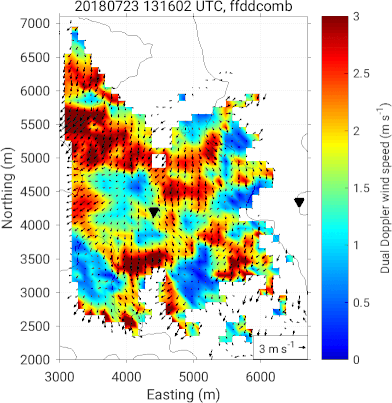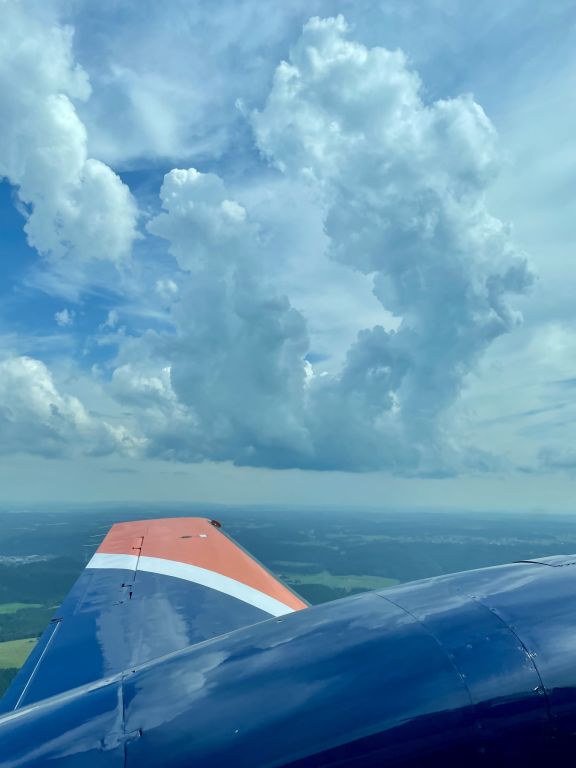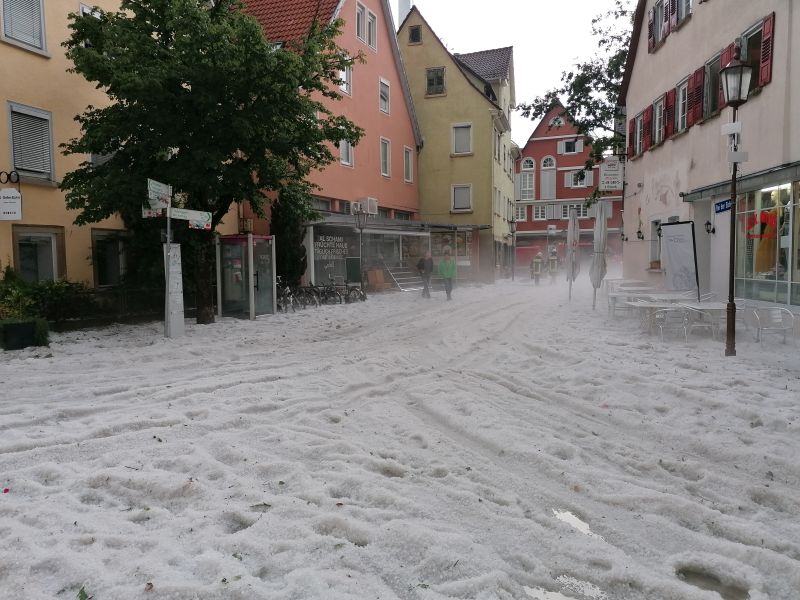Research focus
Turbulece
By means of remote sensing and in-situ measurement systems, KITcube can probe the entire boundary layer. These measurements enable the identification of both horizontal and vertical structures in the convective boundary layer at almost the same time. Thus, it is possible to survey the structure of gusts and to minimize the statistical error of turbulence measurements.
Convection
For convection studies, KITcube measurements are conducted to investigate why convection is triggered in certain areas especially over complex terrain and inhomogeneous land use at a particular time and under which conditions shallow convection develops into deep convection.
Clouds and precipitation
The formation and development of clouds and precipitation is addressed with KITcube. The instrumentation enables access to better understanding of cloud microphysical processes. Beside the temporally and spatially development of cloud structures and the resulting precipitation also mixing processes can be studied and different hydrometeors are detected.
Assimilation and model evaluation
KITcube data capture processes on different scales and allow the evaluation of different types of numerical models from Large Eddy Simulations (LES) to mesoscale prediction systems as well as retrieval algorithms such as applied within Cloudnet. KITcube data are ideally suited for assimilation into model systems such as ICON.



